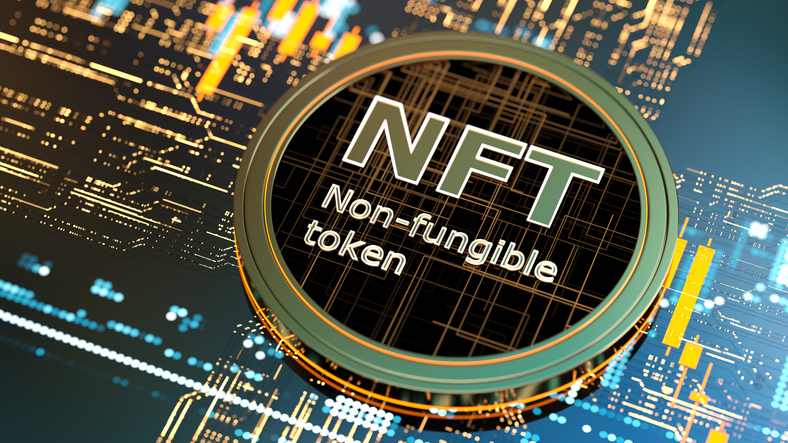
Non-Fungible Tokens (NFTs) have taken the digital world by storm, revolutionizing the concept of ownership in the virtual realm. This blog post explores the fascinating world of NFTs, their rise to prominence, and the impact they have on various industries, from art and entertainment to gaming and beyond.
Understanding NFTs:
NFTs are unique digital assets that represent ownership or proof of authenticity for a specific item or piece of content. Unlike cryptocurrencies such as Bitcoin or Ethereum, NFTs are indivisible and cannot be exchanged on a one-to-one basis. Each NFT is distinct, making it a one-of-a-kind digital asset.
The Role of Blockchain Technology:
NFTs leverage blockchain technology, specifically Ethereum’s blockchain, to establish ownership and ensure the scarcity of digital assets. Blockchain provides a transparent and decentralized ledger that verifies the authenticity and ownership of NFTs, eliminating the risk of duplication or fraud.
Applications in the Art World:
One of the most notable applications of NFTs is in the art world. Digital artists can tokenize their creations, turning them into NFTs that can be bought, sold, and traded on various online platforms. This innovation has democratized the art market, allowing artists to reach a global audience and receive direct compensation for their work.
Entertainment and Media:
NFTs have also made a significant impact on the entertainment and media industries. Musicians, filmmakers, and other content creators can tokenize their work, providing fans with a unique opportunity to own exclusive digital content. This new revenue stream has the potential to reshape the traditional models of content distribution and monetization.
Gaming and Virtual Realms:
In the gaming industry, NFTs have introduced the concept of true ownership of in-game assets. Players can buy, sell, and trade NFT-based items across different games, fostering a cross-platform economy. This innovation not only enhances the gaming experience but also opens up new possibilities for players to monetize their virtual achievements.
Challenges and Criticisms:
While the rise of NFTs has brought about exciting possibilities, it has also faced criticism. Environmental concerns related to the energy consumption of blockchain networks and concerns about copyright infringement and intellectual property rights are challenges that the NFT space must address for long-term sustainability.
The Future of NFTs:
As the NFT space continues to evolve, it is poised to impact even more industries. Innovations in token standards, increased integration with augmented reality (AR) and virtual reality (VR), and efforts to address environmental concerns are shaping the future of NFTs. The technology’s potential for transforming digital ownership is vast and will likely lead to further mainstream adoption.
Conclusion:
Non-Fungible Tokens have ushered in a new era of digital ownership, providing creators and collectors with unprecedented opportunities. From the art world to gaming and entertainment, the influence of NFTs is expanding rapidly. As the technology matures and addresses its challenges, NFTs are set to play a transformative role in how we perceive, create, and exchange digital assets in the years to come.




0 comments
Write a comment